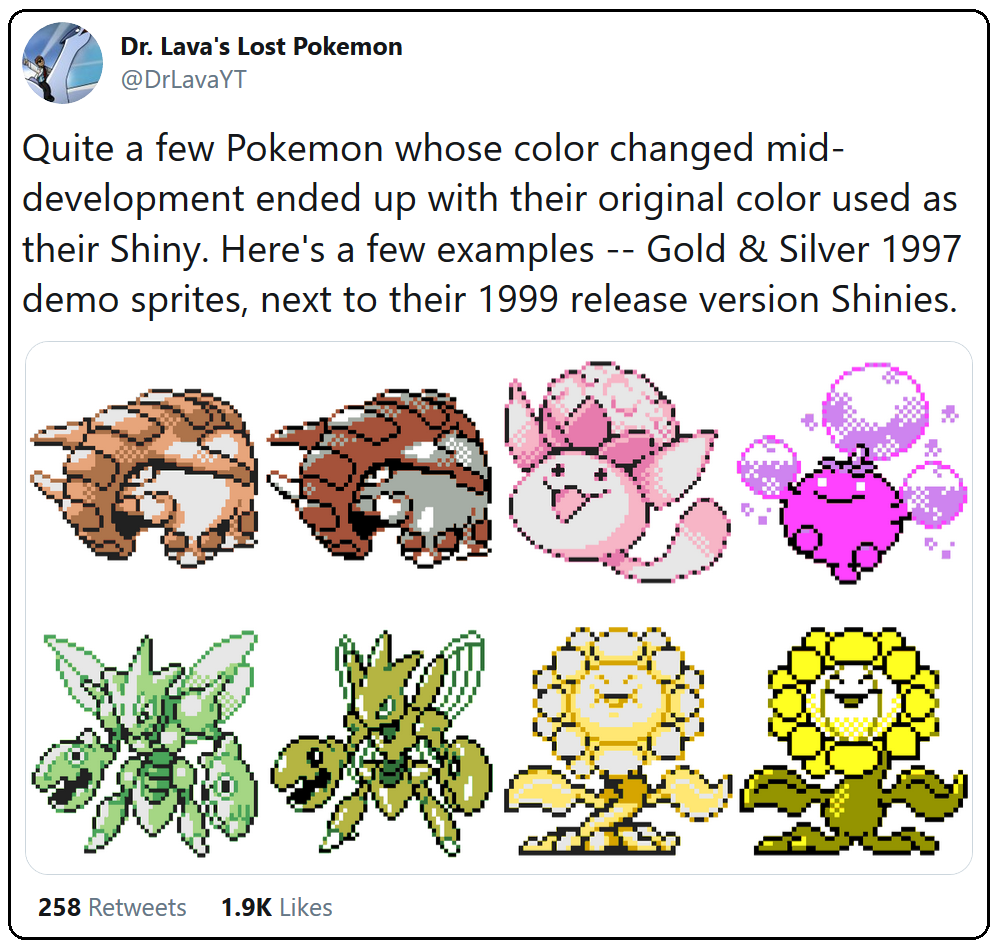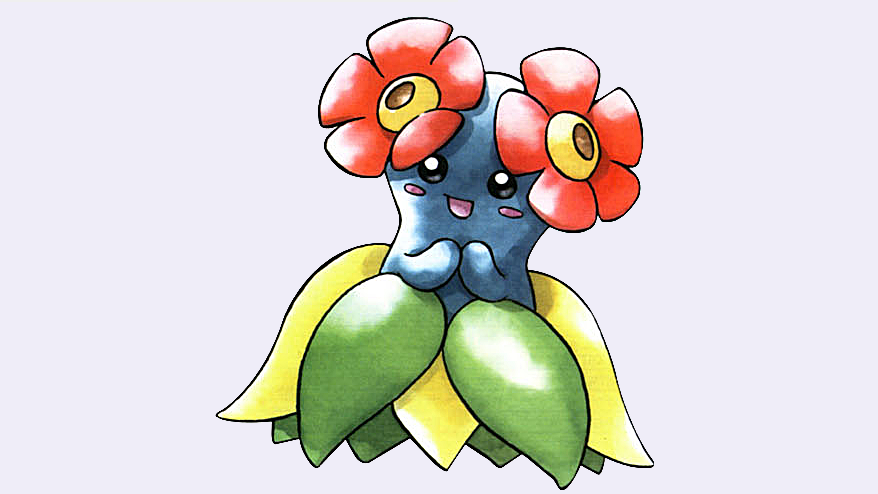
3 Pokemon Redesigned Due to Racial Controversy
Jynx and two more Pokemon whose skin color changed

Written by Dr Lava, February 1 2019 • Updated February 13 2019
On this site, I mostly talk about Lost Pokemon — designs that were scrapped or significantly altered during development. But I also cover Pokemon whose designs changed after development — in this case, two designs that were altered due to racial controversy, or potential controversy. Before going any further, let me just say that no offense was intended in the writing of this article, so I hope none is taken. This website is about Pokemon history, and this particular section of Pokemon history is controversial. So if you’re someone who gets upset seeing discussion or images covering this sort of topic, I suggest maybe reading another article, like this one about how Gen 5 Pokemon were created.
Unlike most of my articles, this one won’t include any developer quotes… because there aren’t any on this particular topic. I usually try to keep speculation to a minimum, but because Game Freak has remained so tight-lipped on this issue, I’ll have to engage in some speculation. In these instances, my thoughts will be clearly labeled as opinion, and you can decide whether or not you agree with my assessments. Okay, with all that said, let’s begin.
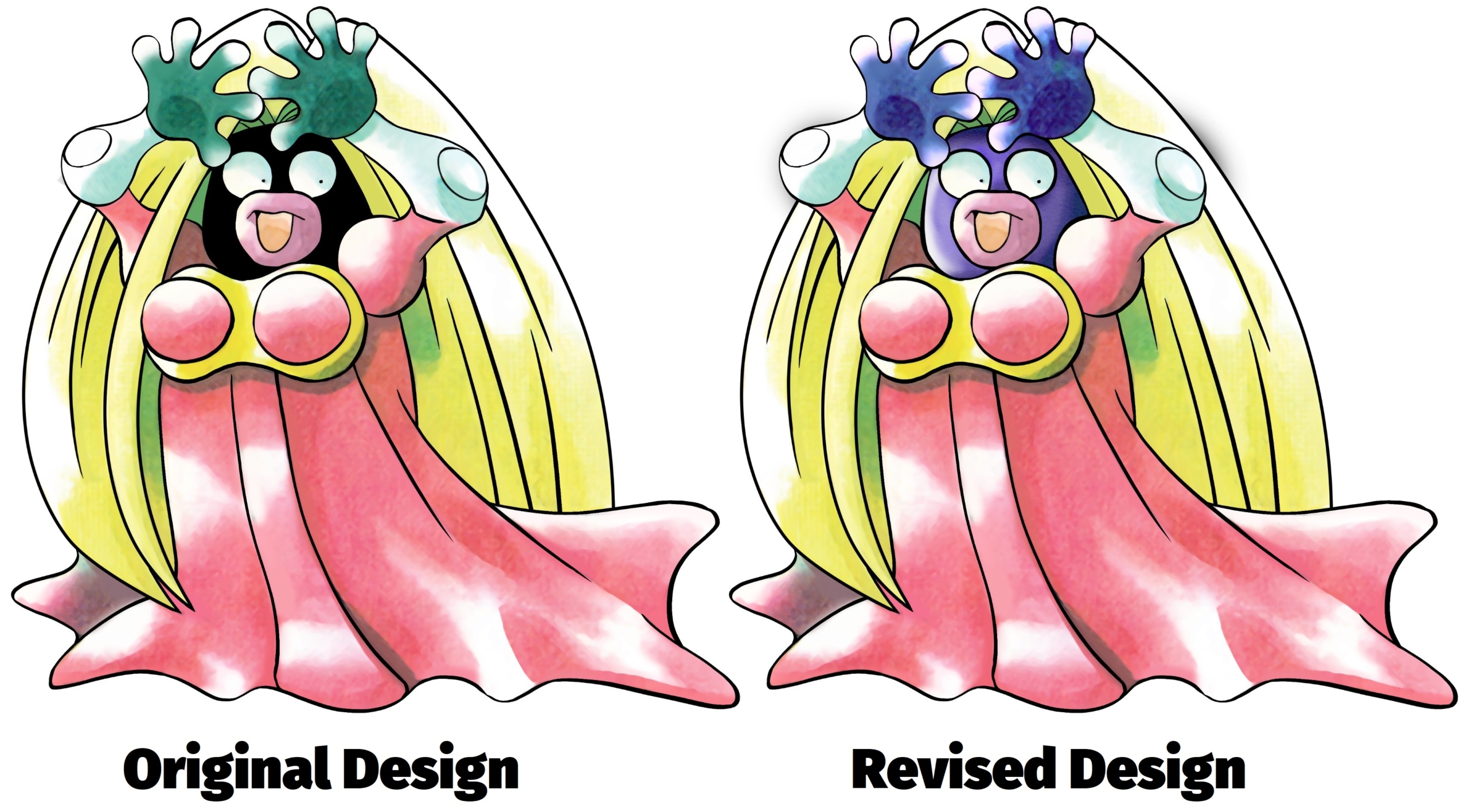
Jynx, the Human Shape Pokemon
Let’s start with most famous case — the controversy surrounding Jynx, the “Human Shape Pokemon.” And yes, that is how she’s classified in the Pokedex. It’s worth noting that Gen 1’s Pokedex also says Jynx “seductively wiggles its hips as it walks” and “talks in a strange, incomprehensible language.”
It was inevitable that when Red & Blue launched internationally, many would view Jynx as a racist stereotype. Although it wasn’t the first article criticizing Jynx, certainly the most noteworthy article came from Carole Boston Weatherford, a culture critic writing for Black World Today. Her article was published on January 5, 2000 — just a few weeks after Jynx made her first anime appearance in the United States, in the Christmas episode Holiday Hi-Jynx. Presumably, it was this episode that caught Carole Boston Weatherford’s attention.

Ms. Weatherford begins her article, titled Politically Incorrect Pokémon, by telling her readers that even though Pokemon has “bad animation and a mindless plot,” her 10 and 12 year old children find it “incredibly fun and addictive.” Here’s an excerpt:
“…I saw a character on the Pokémon TV cartoon that not only stripped the phenomenon of its innocence but stopped me cold. The character Jynx, Pokémon #124, has decidedly human features: jet-black skin, huge pink lips, gaping eyes, a straight blonde mane and a full figure, complete with cleavage and wiggly hips. Put another way, Jynx resembles an overweight drag queen incarnation of Little Black Sambo, a racist stereotype from a children’s book long ago purged from libraries.”
“While my 10- and 12-year olds do not find Jynx offensive, their parents and grandparents do. We call a spade a spade. And we have seen enough racist stereotypes to know one when we see it. Jynx clearly denigrates African Americans, particularly black women. At the close of the 20th century, how could Japanese computer animators unleash such a culturally insensitive menace on the global marketplace?”

Ms. Weatherford’s article went viral, and an outpouring of complaints from offended parents soon followed. Anime episodes featuring Jynx were edited in the international market, and at least two episodes were prevented from airing altogether. There are lots more examples of toys not being produced and things like that, but I won’t dwell on matters of merchandising and anime censorship. This website focuses on Pokemon designs — so for our purposes, what’s important is that the backlash resulted in Jynx getting changed from black to purple.
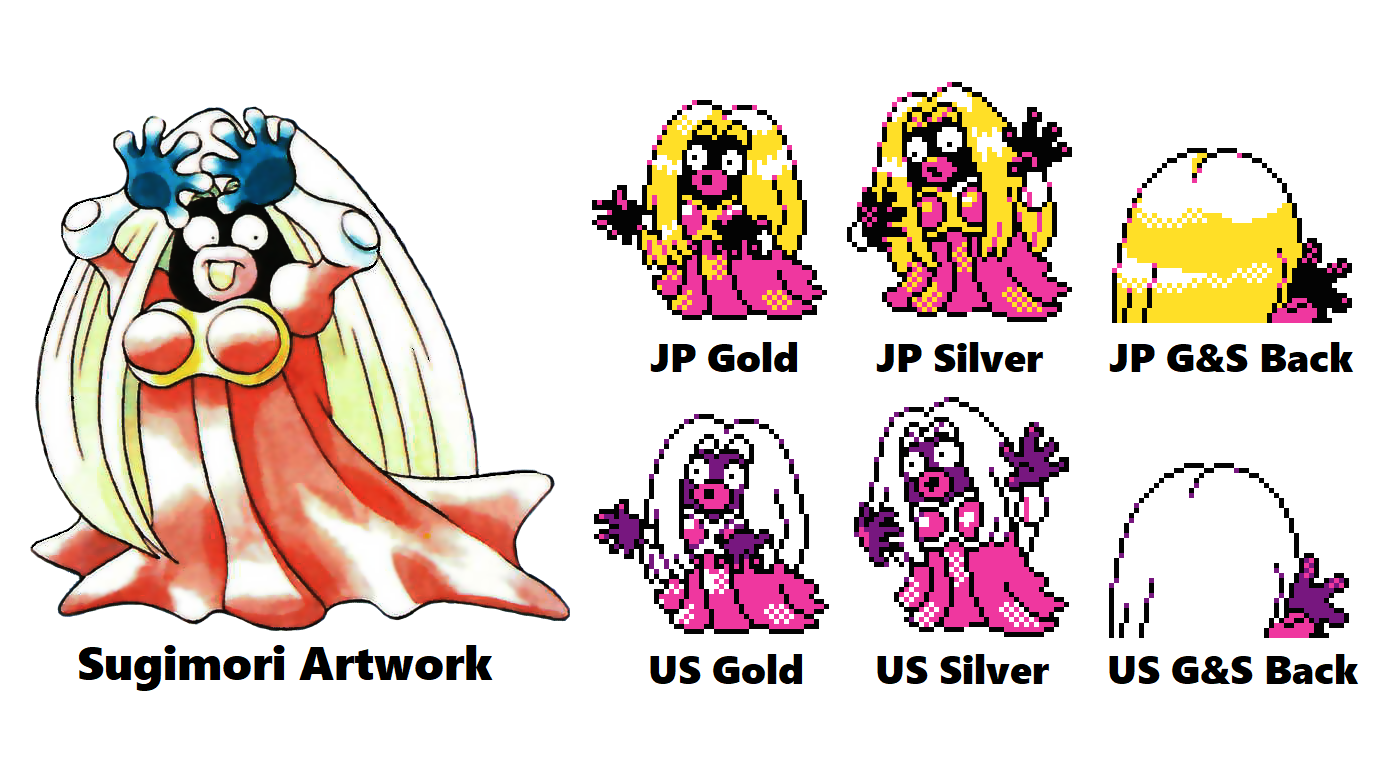
Gold & Silver released in Japan in late 1999, but the games spent almost a full year getting localized for North America. Carole Boston Weatherford’s viral article criticizing Jynx was published during this year-long localization process. So when Gen 2 finally reached US shores, the games used Jynx sprites that had been revised to purple, and she was even made a little bit thinner. Gold & Silver were only capable of displaying each Pokemon sprite using two colors (plus black & white), so changing Jynx’s skin from black to purple forced the developers to remove the yellow from Jynx’s hair.
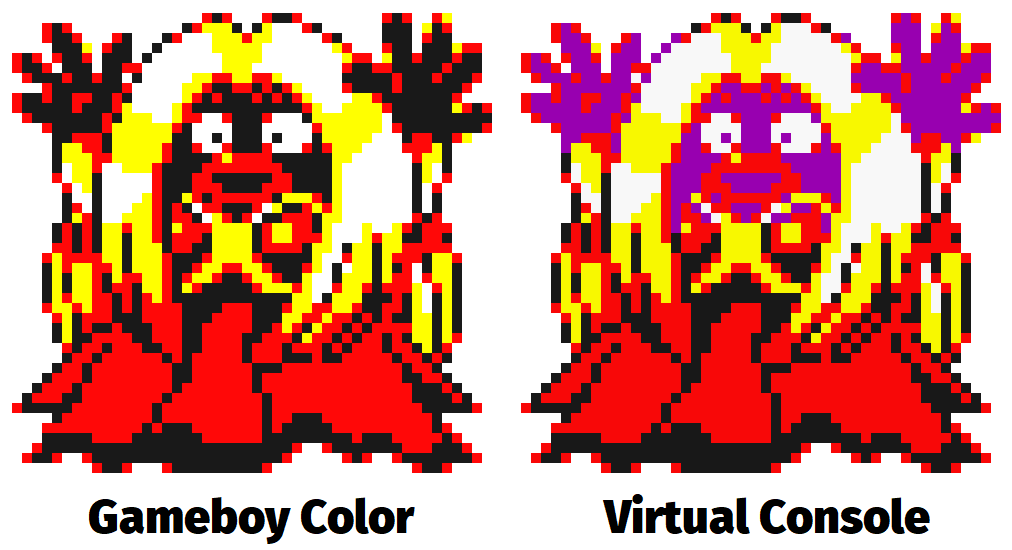
From then on, Jynx was always depicted as purple, even in Japan. This design alteration was even implemented retroactively whenever possible. For example, when the Gen 1 games were re-released on Virtual Console in 2016, Jynx’s face and hands were made purple. This made Jynx the only Pokemon in Gen 1 whose sprite included three colors — yellow, red, and purple.
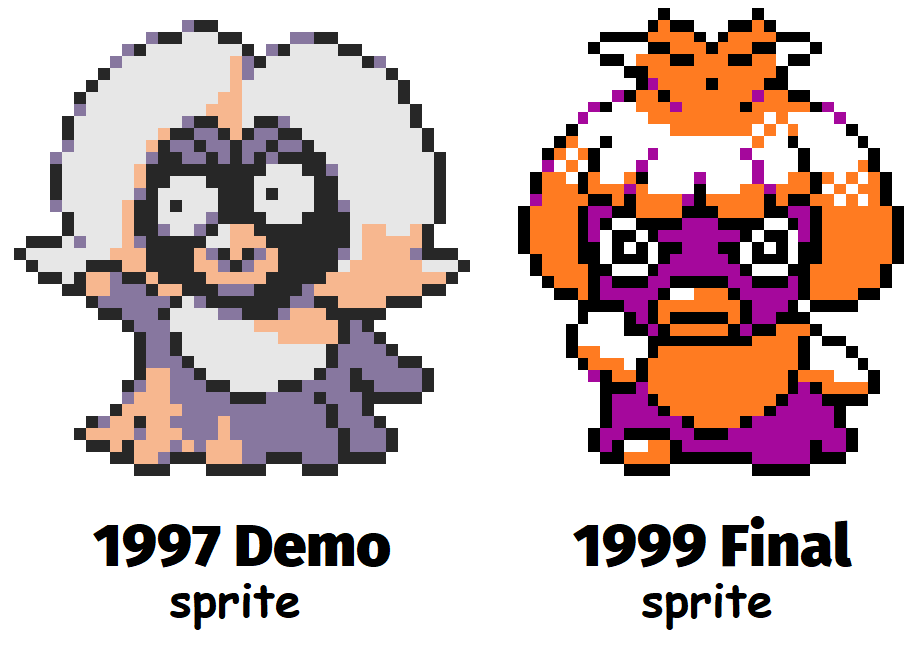
It’s also worth mentioning that Smoochum’s original design in Gold & Silver’s 1997 demo possessed black skin. But when Gold & Silver released two years later, the games featured a new Smoochum — a purple one. Game Freak never made an official statement explaining their reasoning, so it’s impossible to know exactly what they were thinking. It’s possible Smoochum’s revision from black to purple had nothing to do with the Jynx controversy… though to be honest, in light of everything else, it’s unlikely to have just been a coincidence.
Game Freak probably started hearing complaints about Jynx as early as 1996, so it’s likely they changed Smoochum and Bellossom’s designs to prevent future controversies. But when Politically Incorrect Pokemon went viral in the US shortly after Gen 2 launched in Japan, Game Freak realized they’d need to take some drastic measures. Which is why they changed Jynx’s sprite from black to purple in English localizations, why they removed and censored anime episodes and toys, etc.
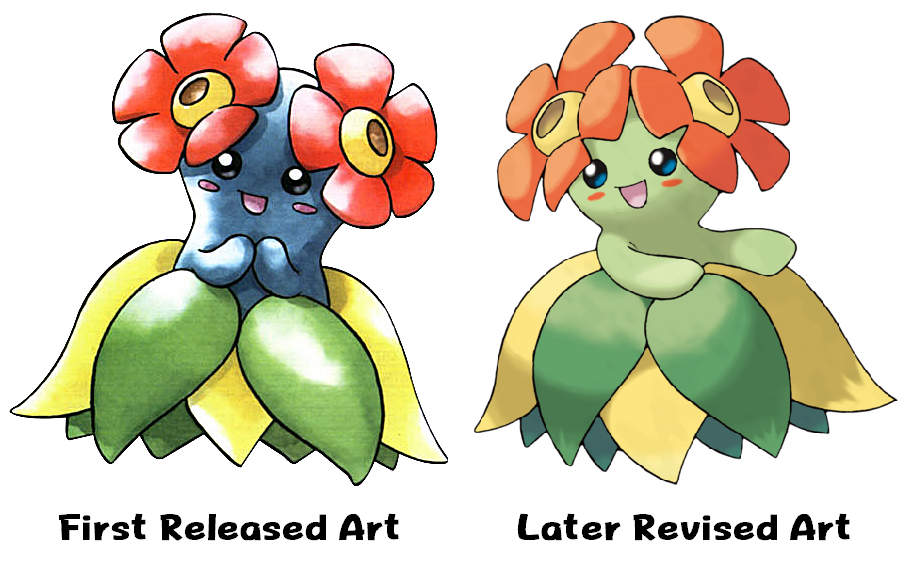
Nipping It In the Bud
Just like Smoochum’s redesign, it appears Game Freak decided to nip the next potential racial controversy in the bud. But since it wasn’t directly connected to Jynx, they noticed the problem much later in development. In Gold & Silver’s 1997 demo, Bellossom originally possessed dark skin. In fact, Gen 2’s officially released artwork still depicts Bellossom as a dark-skinned hula dancer.

Bellossom’s pedal-dress draws inspiration from the traditional clothing worn in Polynesia. Polynesians, or Pacific Islanders, are a people of darker complexion, especially in comparison to the European peoples who colonized many of their islands between the 17th and 20th centuries. So it seems at some point, Game Freak realized they might have a Jynx Controversy 2.0 brewing, and they decided to nip it in the bud.

Bellossom’s dark skin actually made perfect sense, since it matched the designs of Oddish, Gloom, and Vileplume. Even Bellossom’s official artwork released for Gen 2 shows her with dark skin. But since Bellossom’s is a more humanoid design, it was more likely to offend the public. Game Freak must have come to that realization pretty late in development — they published Bellossom’s dark-skinned artwork in the run-up to Gold & Silver’s release. But when Gen 2 hit store shelves in Japan, Bellossom sprites had green skin with a purple dress. So it appears the change was made sometime between promotion and release. After that, all future artwork and sprites depicted Bellossom as green, and dark-skinned Bellossom was never seen again.
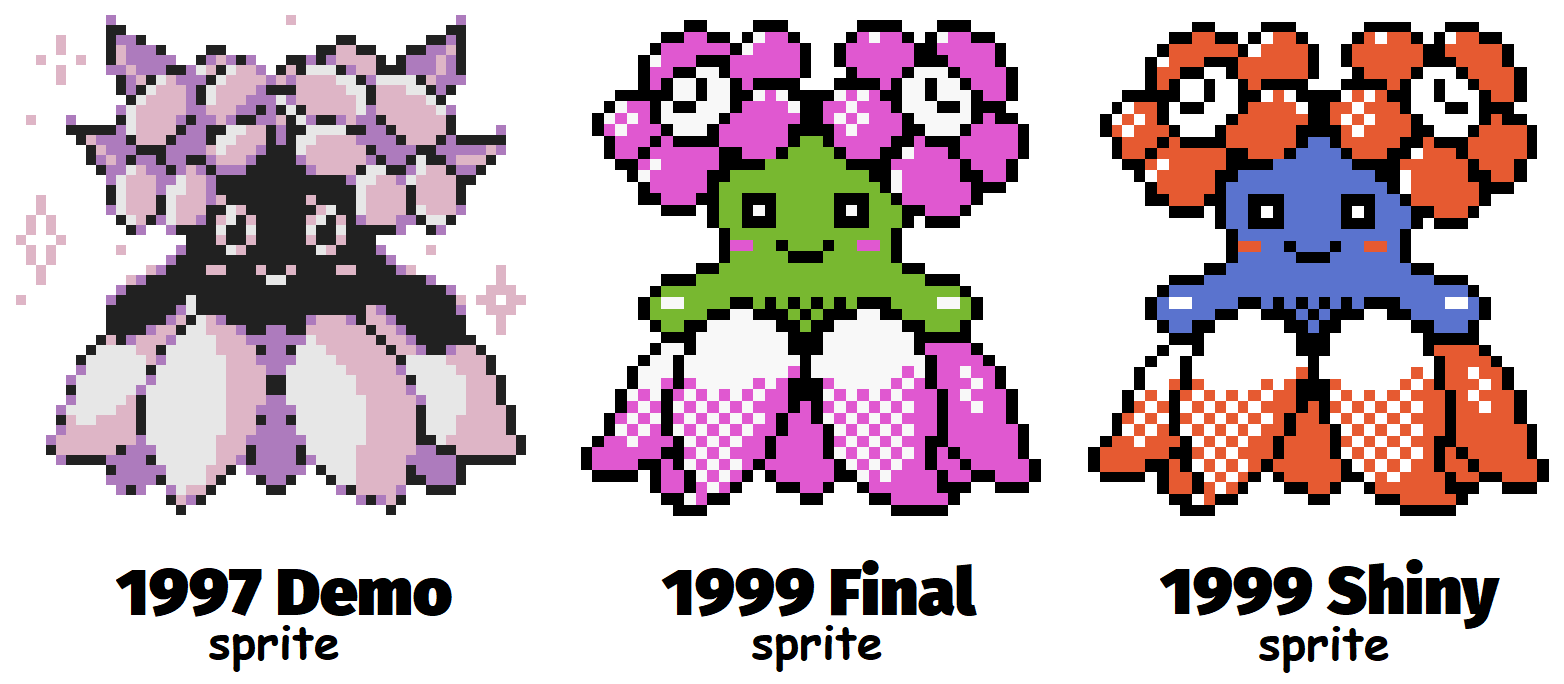
Interestingly, Bellossom’s Gen 2 Shiny sprite actually looks a lot like her dark-skinned artwork. Remember, Gen 2 sprites could only use two colors (plus black and white), so blue skin with red flowers and a red dress is about as close to coloration seen in the artwork as a sprite could get. When Game Freak changes a Pokemon’s color mid-development, they sometimes reuse that original color for the Pokemon’s Shiny. It appears that was likely the case with Bellossom.
Closing Comments
In all honestly, I don’t think Game Freak ever meant to offend anyone with any of their Pokemon designs. Japan’s a different culture and they were probably surprised at the Jynx backlash. An official announcement was never made to explain the inspiration behind Jynx’s design, or what exactly they were thinking when they changed the colors of Jynx, Bellossom, and Smoochum. Regardless of the reasons, ultimately all three Pokemon were changed to inoffensive colors.
For more articles about Lost Pokemon designs, developer interview translations, and all kinds of Pokemon History, check out this site’s homepage. And if you like watching videos about Lost Pokemon History, you might also wanna check out my YouTube channel. If you’d like to contact me — or if you just wanna stay updated about future Pokemon projects — the easiest way to reach me is on Twitter, where I’m @DrLavaYT.
Related Articles:
• Controversy Explained: the Gen 1 Beta Sprite Leak
• Ken Sugimori Reveals Origins of Gen 5 Pokemon Designs
Related Videos:
• Gen 5’s Scrapped Special Event: The Lock Capsule
• Gen 4’s Internal Data & Cut Content

